Wearables of CES 2016: The good, the bad and the weird
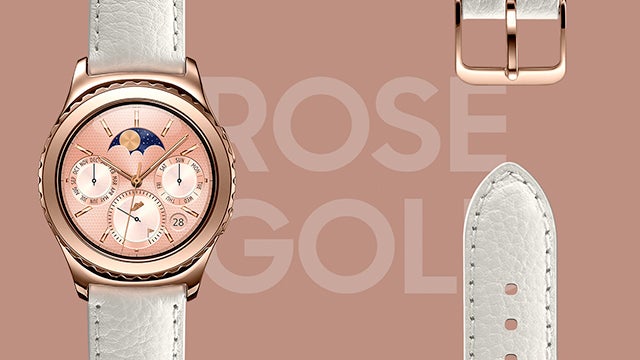
Wearables of CES 2016 ranked: The good, the bad and the utterly weird
Wearables were everywhere at CES. Fitness bands, running watches, weird trackers for your pets. If there’s something you want to track, there’s no doubt a band tucked away in a hall somewhere that will do the job.
So, who’s managed to come out of CES with an awesome new product? And who’s taken a bit of a wrong turn? Let’s have a look.
The good: Casio Smart Outdoors Android Wear | $500 | Out spring
Yes, it’s big. Yes, it’s expensive. But Casio’s first Android Wear watch is so different from anything else running Google’s wearable operating system that it really stands out. This isn’t meant to replace your dressy timepiece, instead it’s a watch for hiking, cycling and taking into the great outdoors.
Related: Best fitness bands
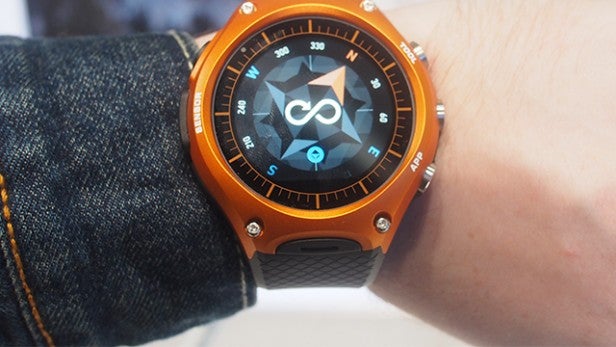
The display packs both a monochrome and colour LCD, intelligently switching between the two depending on what you’re doing. If you stick to black and white mode, it becomes a simple watch that’ll last a month before it needs a charge.
Preloaded services are plentiful, you get all the benefits of Android Wear and the cleverly designed watch faces utilise the bevy of sensors to throw up information ranging from your current altitude to fishing conditions.
The good: Withings Go £79 | Withings Thermo £99 | Both out Spring
French brand Withings impressed with two products at CES 2016: One a fairly standard fitness tracker with a nifty e-ink display and the other a modern take on the thermometer.
It’s the latter, the Thermo, that really stood out. A futuristic looking, smooth plastic tube that you hold against your temple to take a reading of your temperature. That data is then beamed back to the app and can be shared with your doctor. It will be great for family use – you can set up five separate profiles – and as you can see in our hands-on, it actually works.
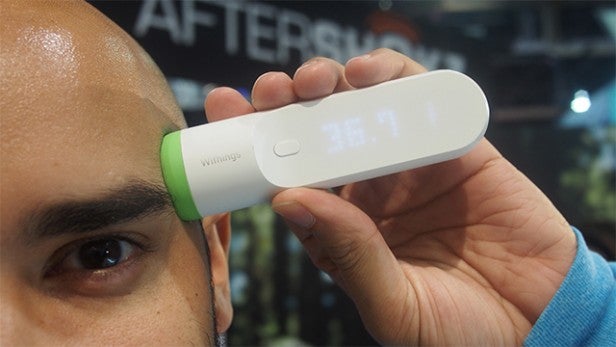
It might not be as different as the Thermo, but the Go fitness tracker is a fairly affordable, very colourful band that is waterproof down to 50m and lasts about eight months before you need to think about switching out the battery.
It uses the same tracking tech as the brand’s Activite watches so we’re taking a punt and saying it’ll be nice and accurate and comes with an e-ink display that switches between showing the time and your daily targets.
The good: HTV Vive Pre | £TBC | Out April
The second iteration of HTC’s Vive developer kit adds in a couple of clever new enhancements, with a new slimmer design and more stable strap. The display is now a tad brighter and there’s improved clarity on offer, both of which should make the virtual reality experience even more immersive.
As for the controllers, the Vive Pre’s options have been completely overhauled and are now wireless thanks to integrated rechargeable lithium ion polymer batteries and microUSB charging. Apparently you’ll get 4 hours of runtime per charge.
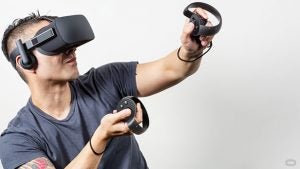
The actual design has changed too, with the controllers becoming softer to the touch, with textured buttons and grip pads. There is also a new “dual stage trigger” to make interactions smoother and haptic feedback to make it feel more realistic in-game.
The bad: Fitbit Blaze | £169/$199 | Out May
After an impressive Christmas, Fitbit’s start to 2016 has been somewhat disappointing. It’s currently being sued for producing inaccurate heart data and in the hours after the announcement of its latest product, the Blaze, its share price dropped off massively. But, why?
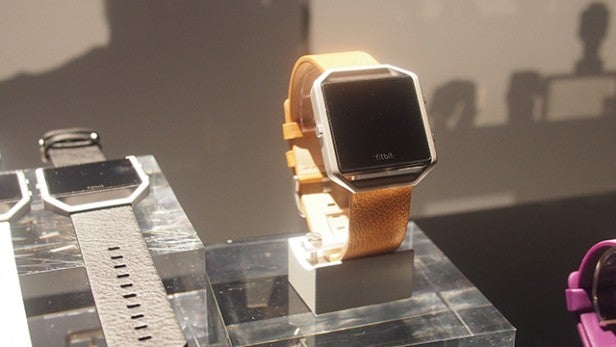
Well, we can’t say that we were at all impressed by the Blaze when we went hands-on shortly after its announcement. Instead of being just a fitness band (like the Charge) or something aimed squarely at those want lots of data (the Surge), it feels like a mis-match of both.
On the surface it looks like a smartwatch, but the operating system is slow, buggy and far from intuitive. It also lacks GPS, so you’ll still be relying on your phone for getting that accurate running data.
The bad: Lack of new smartwatches
There was a distinct lack of smartwatches at CES. Actually, let’s rephrase that to a lack of new smartwatches. Instead we got a couple of new colour schemes for older wearables.
Both Samsung and Huawei showed off blingy, slightly ugly versions of their flagship watches and we were left sorely disappointed.
Related: Samsung Gear S2 review | Huawei Watch review
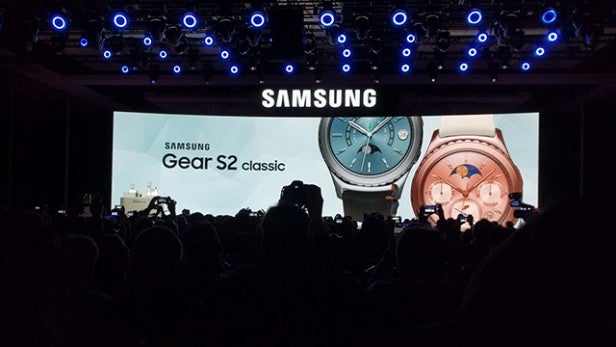
The Samsung Gear S2 is a so-so watch to begin with, but we can’t imagine many people will be wishing it came in 18k rose gold. It’s clearly inspired and aiming to go head to head with Apple’s Watch Edition, but that doesn’t make it right. There’s a platinum version available too, which is slightly less painful on the eyes.
If 18k rose gold isn’t quite blingtastic enough for you, Huawei’s latest Watch should be right up your street. The Jewel, which will set you back $599, houses 68 Swarovski Zirconia gemstones around the golden face and a new blue strap. It’s pretty darn ugly, and bigger than the original Huawei Watch.
The weird: Razer Nabu Watch | £129 | Out late-Jan
Razer isn’t a brand known for being subtle. Its range of PCs, laptops and gaming accessories are splashed with flashing lights, green accents and generally in your face designs. So it probably shouldn’t come as any surprise that Razer’s first ‘smart’ watch is big, brash and partly green.
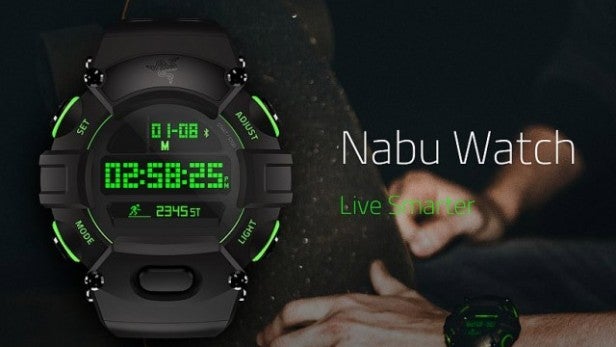
The easiest way to describe the Nabu Watch is like if a Casio G-Shock and Razer’s own Nabu band combined. It has all your typical features of a digital watch – alarms, countdown timers etc – but with a couple of smart additions thrown in. There’s a tiny display below the face that will slowly display notifications and it’ll track your steps, calories and hours slept.
It’s certainly not the most attractive piece of wrist tech and it seems an odd move from a mainly gaming-focussed company like Razer. But, if you’re interested it’ll sell for £129.99 when it starts shipping in late-January.


